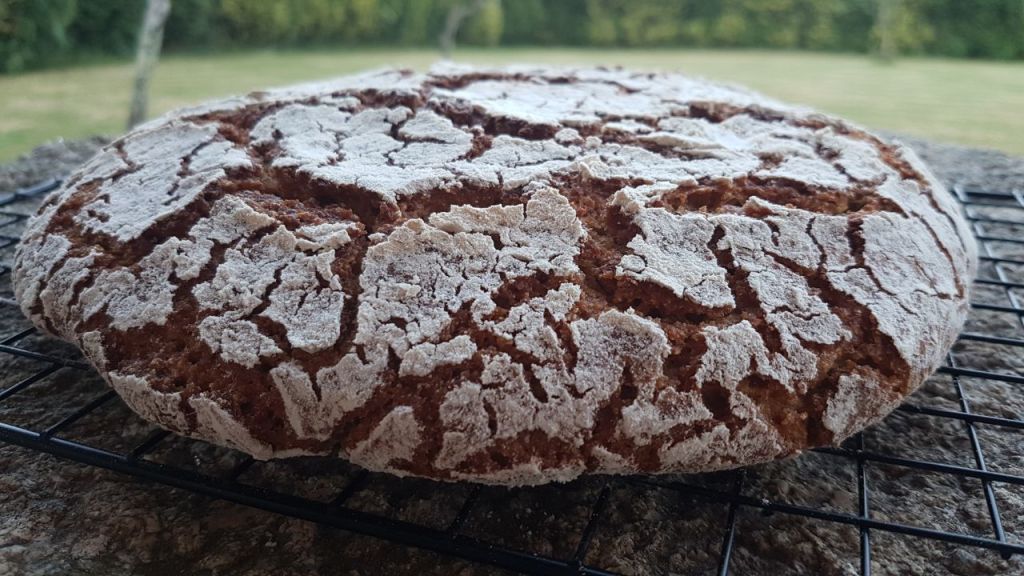Broa is one of the most deeply rooted breads in the Galician culinary tradition. Initially, this corn bread was key to poor people’s diet. A literary example of this reality was Balbino, the main character in Memorias dun neno labrego (1961). In this narrative, Neira Vilas reveals rural Galicia through the eyes of this young boy. Balbino, of humble origins, gradually discovers the injustices generated by social classes. While children like Balbino subsisted on Galician soup and broa bread, the more fortunate ones ate wheat bread, drank milk with coffee, and did not have to get up early to take the cattle to graze.
Today, broa has overcome social barriers turning into an essential part of all Galician tables, especially on key dates such as San Xoán. On this magical night, Galicia celebrates the arrival of the summer solstice by bringing Galicians together around a bonfire. The sayings, always full of wisdom, make it very clear: “In San Xoán the sardine soaks the bread”, and if that bread is broa, all the better.
| Ingredients: |
• 500 g. corn flour.
• 250 g. rye flour.
• 125 g. wheat flour.
• 425 g. boiling water.
• 300 g. warm water.
• 250 g. sourdough.
• 5 g. fresh yeast.
• 20 g. salt.
| Steps to follow: |
• Scald the corn with boiling water and let stand 1 hour.
• Add the rest of the water and mix well with the corn.
• Incorporate the rest of the flours and stir to obtain a homogeneous dough without dry lumps.
• Add the sourdough and the yeast to the flour mixture.
• Let stand for 4 hours so the dough ferments.
• Flour the work table abundantly.
• Place the dough on the work table and flour again on top.
• Shape the dough, being careful not to break it.
• Place the shaped dough on a piece of floured baking paper and let it rest again until the dough crumbles.
• Heat the oven to 240 degrees.
• Place a bowl with water on the bottom of the oven to generate steam.
• Bake the dough for 15 minutes at 240 degrees.
• After the initial 15 minutes, remove the bowl with water and lower the heat to 180 degrees.
• Bake the bread for 1 hour.
| NOTE 1: Another way to shaping the dough would be flouring a round bowl, put the dough inside. Toss and shake the dough around to shape it. NOTE 2: If you make the bread in a mould, the baking time will increase about 20 minutes. This will depend on the power of your oven and the thickness of the bread. |




